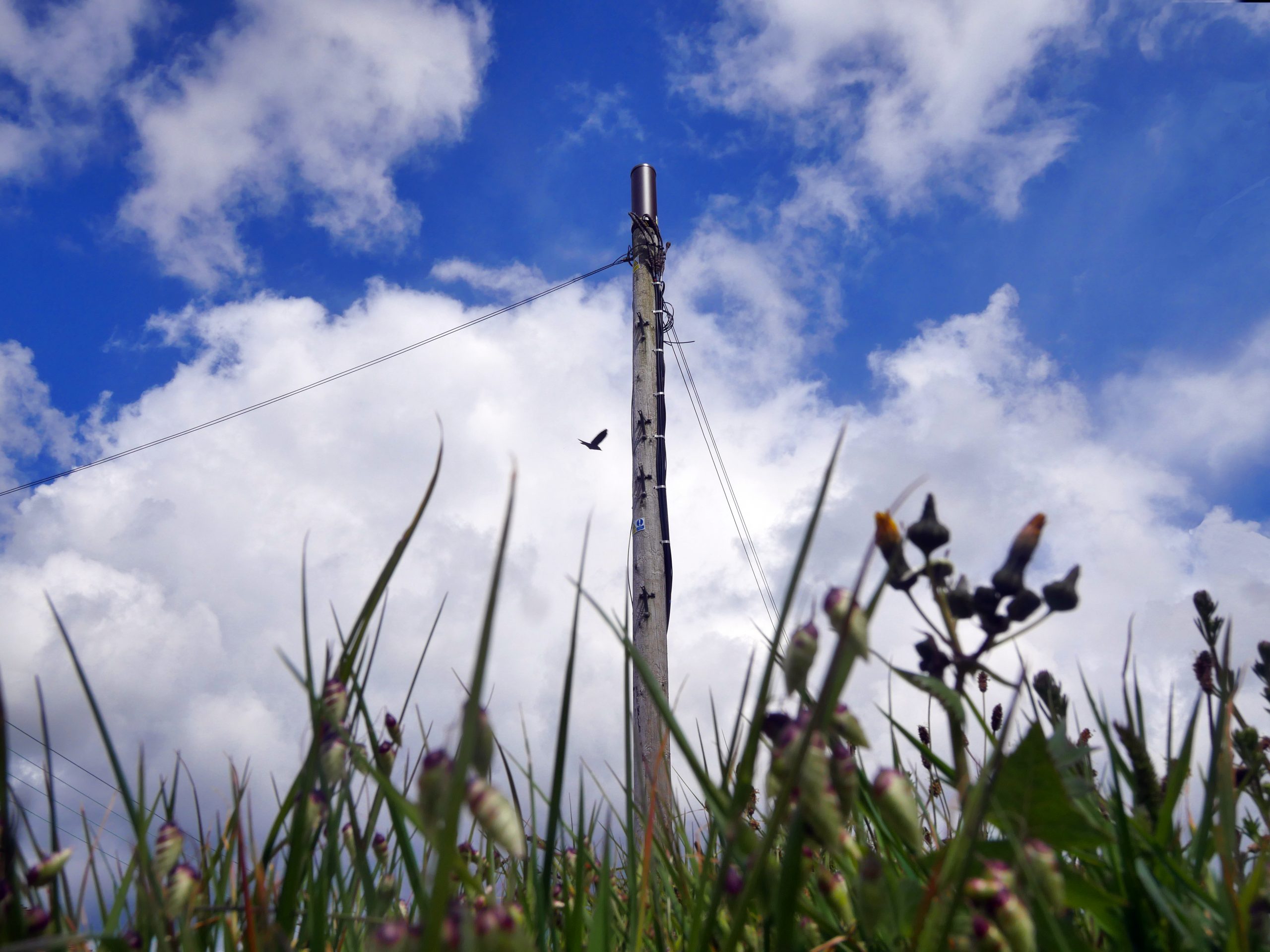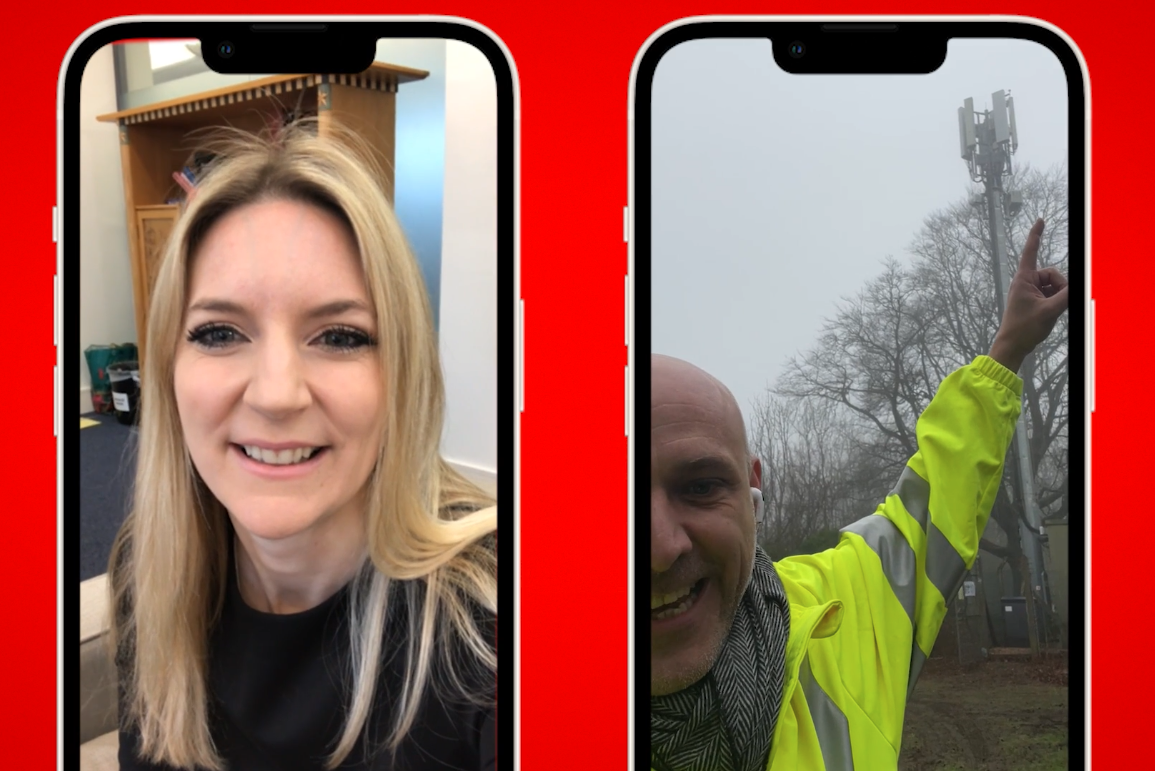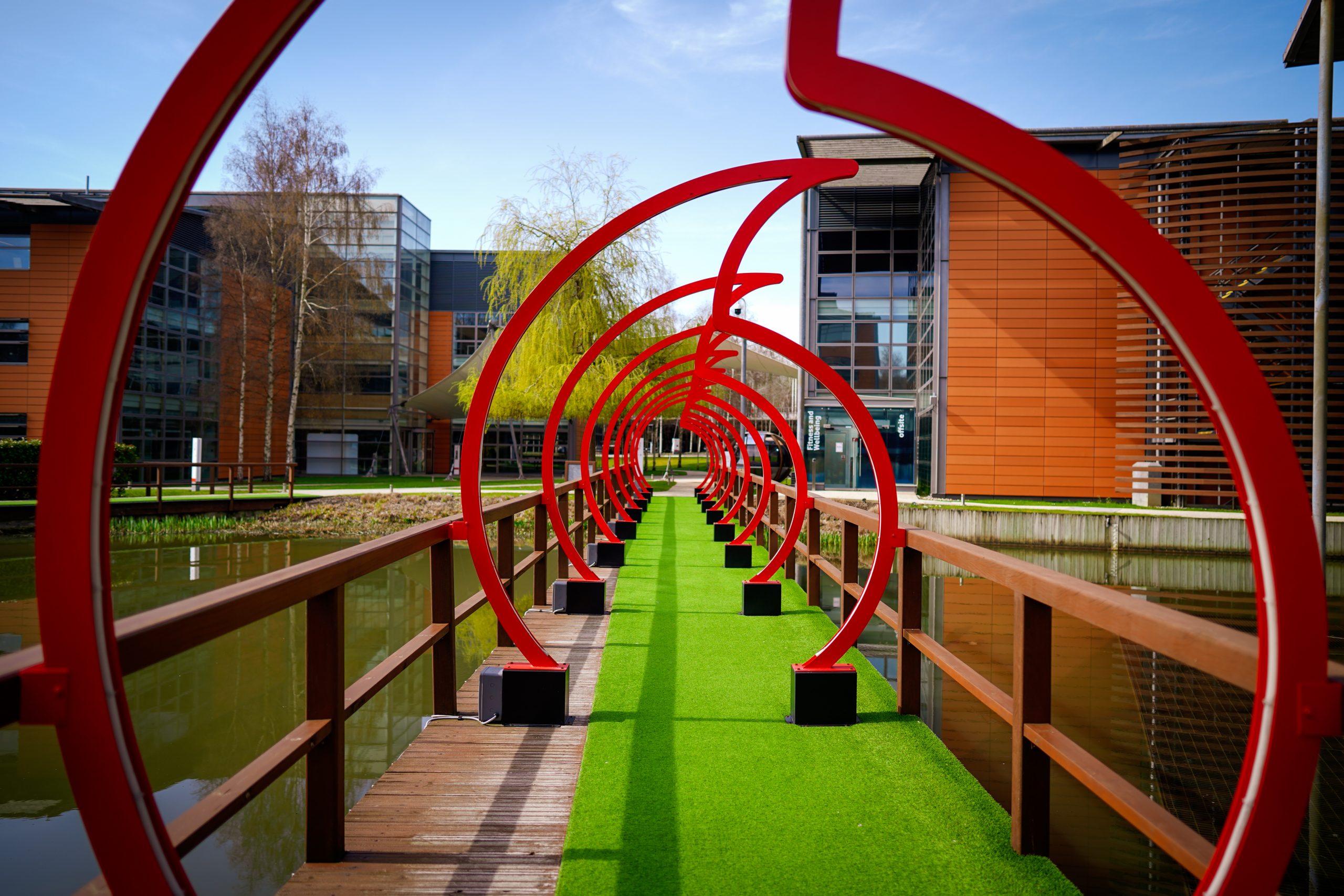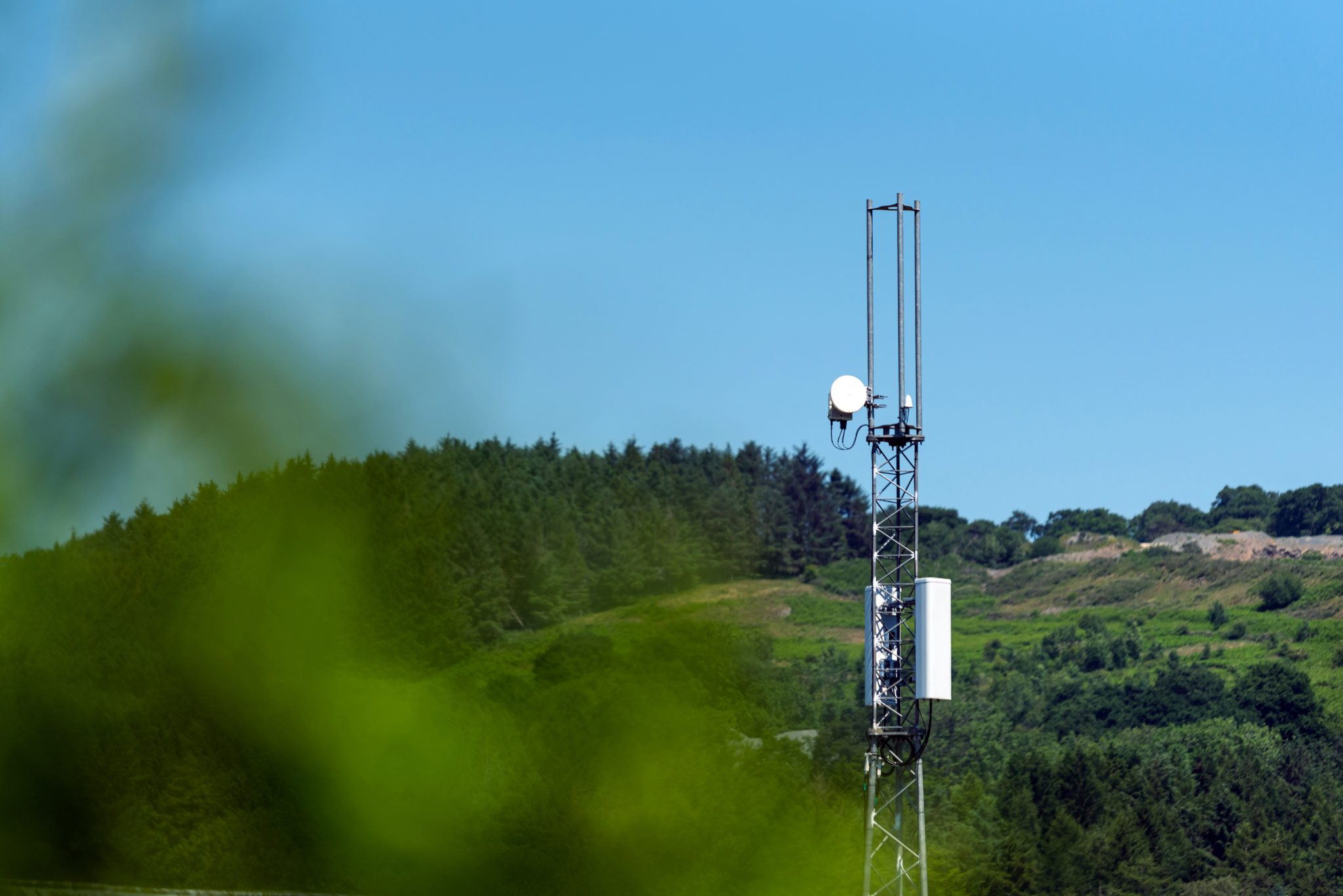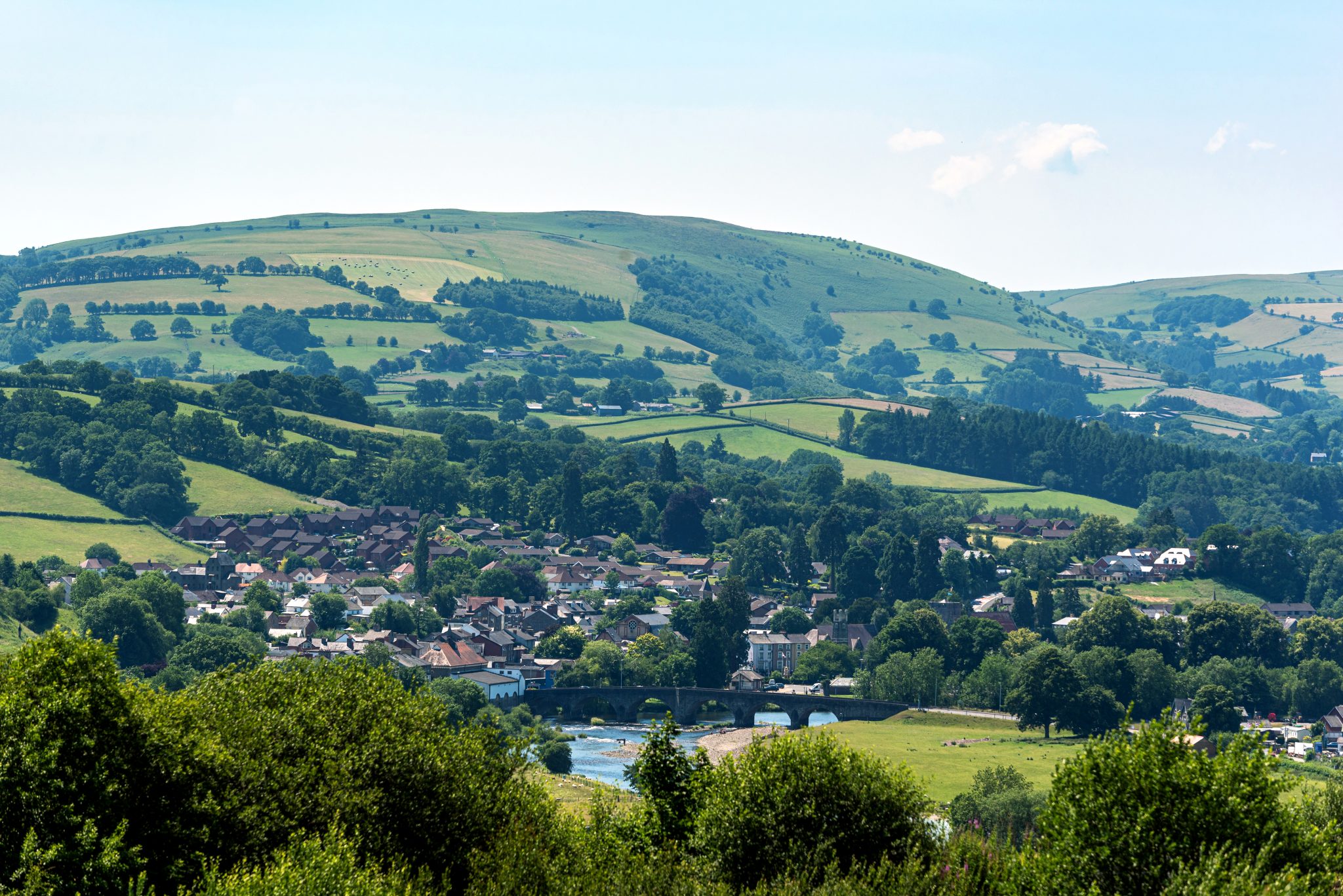
OpenRAN to provide much needed diversity to the telecommunications supply chain to act as a catalyst for innovation and to offer new opportunities for specialist providers across the technology ecosystem.
- OpenRAN to replace legacy technology on 2,500 sites across Wales and the south west of England.
- Technology to provide a platform for innovation that would otherwise not have been possible, offering new ways to enhance customer experience and introduce innovation at an accelerated pace.
- OpenRAN to provide much needed diversity to the telecommunications supply chain to act as a catalyst for innovation and to offer new opportunities for specialist providers across the technology ecosystem.
Vodafone has officially kicked-off the installation of OpenRAN equipment for 2,500 sites across Wales and the south west of England.
Starting in Devon, OpenRAN technology will be used to replace legacy Huawei technology across 2,500 mobile sites in Wales and the south west of England. This will be a multi-year phased delivery, enabling Vodafone to remove all High-Risk Vendor (HRV) technology from the Radio Access Network within Government timelines.
OpenRAN is the future of 4G – and Vodafone is making it happen
Over several years, Vodafone has been working with the industry to evolve how equipment is designed and has made several proof-of-concept deployments to trial the technology. After validating the technology in lab environments, Vodafone installed OpenRAN in rural locations, before beginning a multi-site deployment project in Torquay and Exmouth. Each development stage was designed to test the technology in increasingly complex scenarios.
The Key Performance Indicators (KPIs) now demonstrate that the performance of OpenRAN exceeds that of the legacy equipment in the majority of areas, including 4G and 5G call success rate, as well as download and upload speeds across multiple spectrum frequencies.
Vodafone is now able to commence the removal of HRV technology from the network without compromising customer experience.
A basic guide to Vodafone UK’s network
Furthermore, due to the embedded interoperability of OpenRAN, Vodafone can explore how working with specialist companies can introduce novel ways of enhancing the customer experience (that would otherwise not have been possible).
Andrea Dona, Chief Network Officer, Vodafone UK, said: “The rapid innovation we have seen in the OpenRAN ecosystem is truly remarkable. The industry only started working on this concept in 2016 in earnest, so to see KPIs align to traditional technology is a testament to the work which has been done.
“Vodafone has been at the forefront of the OpenRAN ecosystem since Day One. OpenRAN is a central pillar to our network strategy for numerous reasons. Most importantly, we see this as a vehicle for transformation, opening doors that would otherwise have been closed.”
Sir John Whittingdale, Minister of State for Media and Data, Department for Science, Innovation and Technology, said: “The UK government is determined to strengthen the security and resilience of vital network infrastructure by protecting technology critical to the future digital economy and boosting competition and creativity within the telecom supply chain.
“This is an important step in doing just that – these deployments from Vodafone across Wales and the South-West of England are supporting the UK’s vision for a more open and innovative 5G market.”
Vodafone switches on first 5G OpenRAN site
OpenRAN is a critical component of Vodafone’s wider network strategy. OpenRAN can add greater resilience to Vodafone’s supply chain by lowering the barriers to entry for alternative suppliers. This additional competition will also act as a catalyst for innovation, allowing for suppliers to specialise in niche areas as opposed to providing complete ‘turnkey’ solutions.
Vodafone’s OpenRAN programme is supporting by various partners, including:
- Samsung: 4G and 5G radio, including 64T64R Massive MIMO, as well as the software platform.
- Intel: General Purpose Processor (GPP), acceleration hardware and network interface cards.
- Keysight: Drive test services using Keysight Nemo Solutions to assure the OpenRAN end-to-end live network performance. Pre-deployment OpenRAN functional and interoperability testing using Keysight Open RAN Architect (KORA) solutions.
- Dell Technologies: Dell PowerEdge servers designed for cloud-based OpenRAN workloads.
- Capgemini: Testing partner in Vodafone labs.
- Wind River: Cloud network platforms (also known as abstraction layer software).
Stay up-to-date with the very latest news from Vodafone by following us on Twitter and LinkedIn and signing up for News Centre website notifications.
-Ends-
Notes to Editor
What is OpenRAN?
OpenRAN is a way of creating Radio Access Network (RAN) technology where the hardware and software components are not intrinsically linked. In today’s network, RAN equipment is proprietary, meaning hardware and software components are generally bought from the same vendor to ensure that the RAN functions effectively, securely and efficiently.
The idea behind OpenRAN is to introduce a set of ‘open’ standards for the creation of both hardware and software components of the RAN. This means each element of the network would be interoperable, allowing any piece of hardware to work with any software programme and vice versa.
The biggest advantage of OpenRAN is that it allows companies to specialise in as many elements of the ecosystem as they choose to. Whereas telecoms operators are limited to the number of vendors that exist today, as they have to be competent in all areas, in an OpenRAN future more vendors will exist.
What does OpenRAN mean to Vodafone?
OpenRAN is a critical component of Vodafone’s long-term network innovation strategy for several different reasons:
- Vendor diversity: The disaggregation of hardware and software components lowers the barrier to entry for new suppliers. This enables Vodafone to add greater resilience to its supply chain, as it can work with a more diverse and numerous pool of suppliers. This includes niche/specialist suppliers, especially software suppliers.
- Catalyst for innovation: Competition breeds innovation.
- Energy efficiency gains: Breaking down the different components through OpenRAN allows companies to focus more acutely on energy efficiency programmes in specific areas. Multiple smaller gains will lead to a better net result.
- Focus on software operations: By ensuring any software and hardware components of the network are vendor-agnostic and interoperable, upgrades to orchestration, management and automation software do not necessarily mean hardware components have to be replaced.
How much of an impact will OpenRAN have on the Vodafone business?
From a network deployment perspective, Vodafone will have a greater number of suppliers to choose from. This has financial, security, resilience and innovation benefits, as competition is a natural catalyst for growth in any ecosystem.
From an operational perspective, Vodafone can dedicate more resource and investment to software-orientated projects as the upgrade paths of hardware and software are no-longer intrinsically linked. Dedicating more attention to software will also support Vodafone’s telco-to-techco objective, with the company evolving to work with companies in a wider array of ways, as opposed to only focusing on connectivity.
Huawei decision: What does this mean for you?
What are the Vodafone Research and Development centres?
The Test and Validation Lab in Newbury and the Digital Skills Hub in Malaga are two Research and Development facilities within the Vodafone estate. These two labs have been set up for Vodafone engineers to work alongside other companies and organisations in the industry to further the OpenRAN ecosystem.
The labs will focus on several areas, including:
- Validating that OpenRAN technologies are compliant with OpenRAN interoperability specifications.
- Offering guidance and advice on the design of OpenRAN components (hardware and software) to ensure they are commercially and technologically viable for public telecommunications networks.
- Collaborating with vendors on microchip architecture and design.
- Exploring what new services and features can be integrated into telecommunications networks.
How will the proposed merger with Three UK impact Vodafone’s OpenRAN strategy?
Vodafone’s OpenRAN strategy will be largely unaffected by the proposed merger with Three UK. Vodafone remains committed to delivering OpenRAN on at least 2,500 sites by the end of 2027.
Is Vodafone still on track to remove High Risk Vendors from the UK network?
Vodafone is progressing with its OpenRAN objectives and will remove all relevant equipment from High-Risk Vendors from the UK network within Government timelines.
